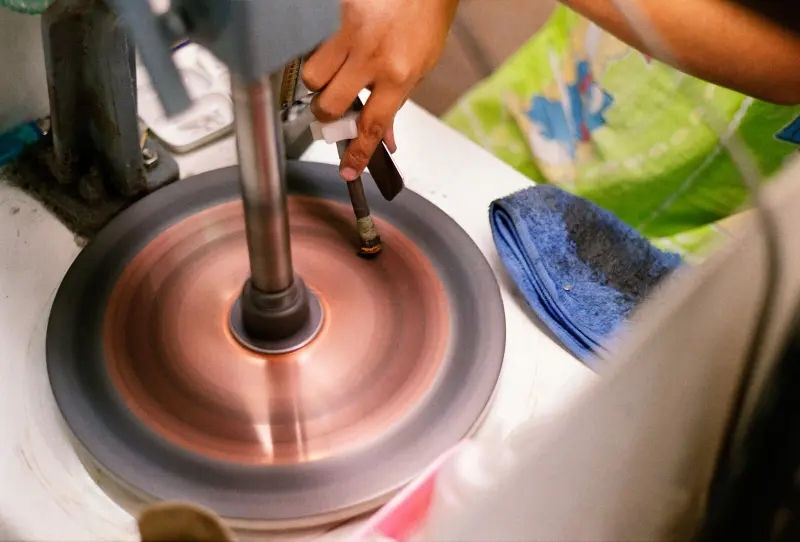Heat Treatment Of Gemstones
- Samuel Cini

- Aug 9, 2024
- 2 min read
Heat treatment is a widely employed technique for enhancing the quality of gemstones. In today's gemstone market, the majority of gemstones undergo some form of treatment, as only a mere 2% of gemstones possess "gemstone quality" in their natural state. The value of a gemstone diminishes with each treatment it undergoes, with untreated gemstones being the most prized.
However, there is a specific demand for heated color gemstones, particularly those with exceptionally rare and desirable color variations.
The Process of Heating Gemstones
The tradition of exposing gemstones to heat spans thousands of years, with the aim of altering their colour. Modern methods employ muffle kilns, typically used for ashing, annealing, and heat treatment of various workpieces. These kilns can reach temperatures ranging from 300 to 1900°C.
The impact of heat treatment depends on the specific mineral and temperature applied. This process can alter the gemstone's colour or enhance its purity by causing inclusions to melt and diffuse. For instance, rutile inclusions in rubies and sapphires can change during heat treatment. Additionally, the final colour result is influenced by factors such as temperature, duration of heating, atmosphere during heating, and the chemical composition of surrounding materials.
Enhancing Color and Purity through Heating
Gemstones can undergo both low-temperature treatments, which change the colour of certain minerals (up to approximately 1,100 °C), and high-temperature treatments (up to 1,900 °C) to induce colour changes and remove inclusions.
For rubies, temperatures above 1,100 °C eliminate undesirable brown, purple, or purplish hues, often present in impure red rubies. Firing at temperatures exceeding 1,450 °C also dissolves fine rutile inclusions known as "rutile silk."
Sapphires that are light blue or milky can be transformed into intense blue gemstones by firing them at temperatures between 1,250 and 1,700 °C. Similarly, colourless to pale yellow sapphires can become intensely yellow through heat treatments. Pink sapphires can be fired to achieve the highly sought-after orange-pink colour variety known as "Padparadscha."
Low-temperature treatments are applied to gemstones like aquamarines, tourmalines, amethysts, and morganites to enhance their colour. For example, pink morganites are heated to produce orange beryls. In the case of aquamarines, amethysts, and tourmalines, heating helps create a more consistent and vibrant colour.
Detecting Heat Treated Gemstones
Colors resulting from heat treatments are stable and do not change due to factors like UV irradiation or temperature fluctuations. In high-temperature treatments, the presence of "blast halos," bubble-like halos around melted inclusions, can sometimes indicate heat treatment. However, these can also occur naturally during the formation of the stone.

Heating inclusion in Ruby





